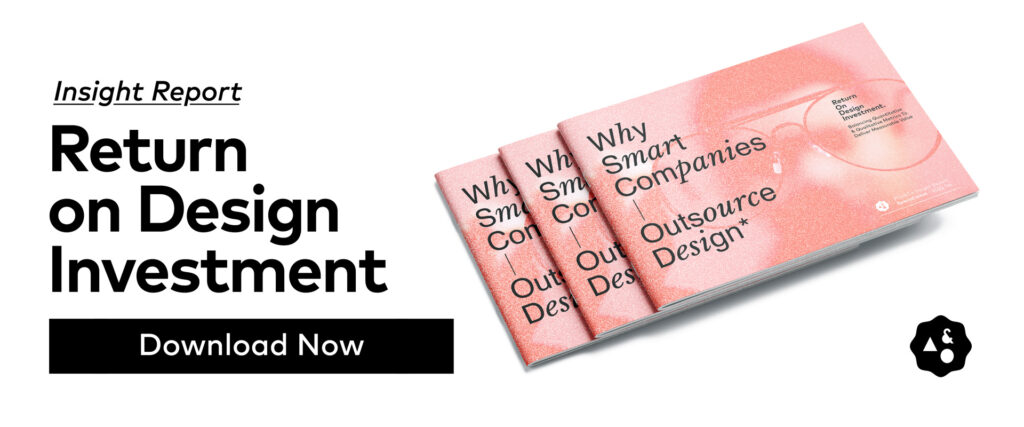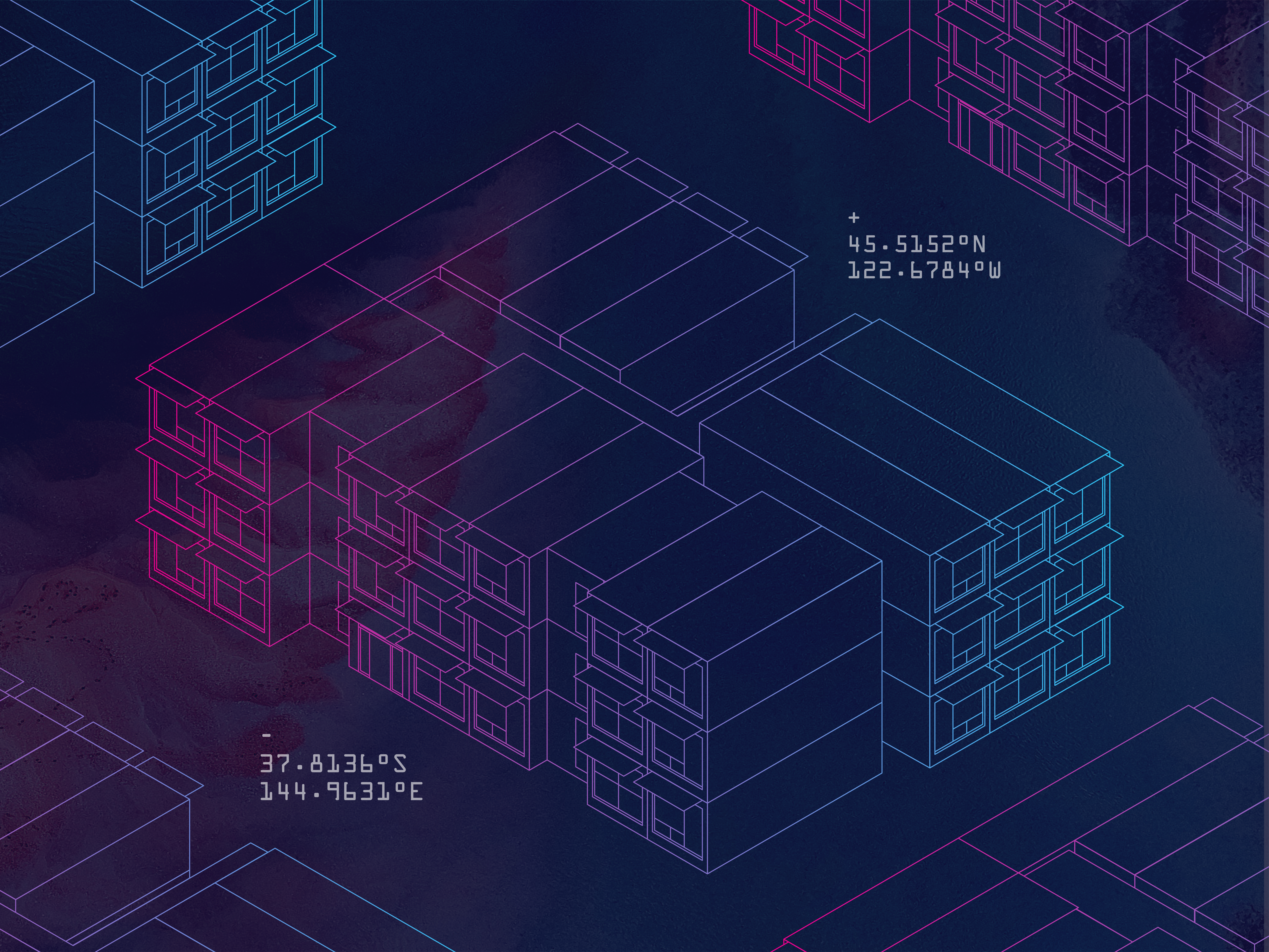The 2010s witnessed an unprecedented wave of innovation in consumer tech, automotive design, footwear, and fast fashion. However, with the arrival of the Inflation Reduction Act of 2022, the 2020s are poised to bring about a new wave of disruption, with a renewed emphasis on sustainability and the emergence of new industries tackling the planet’s biggest challenges. So, what implications does this hold for your brand and design team?
The Inflation Reduction Act of 2022 is set to shake up the design industry in the United States. In response to rising inflation, mass layoffs in the tech sector, climate change, unpredictable weather events, and global supply chain issues, consumers and companies alike are shifting their focus toward self-sufficiency. We’re beginning to expect more out of products and services long overlooked, and the IRA is set to catalyze a new era of competition and innovation in Energy, Housing, and Agriculture.
The New Era of Globalization Starts Local
Supply chains have been challenged by an accumulation of global factors: the Covid pandemic, the Ukraine-Russia war, rising inflation, fears of recession, and increasingly erratic weather events. In the coming decade, companies need to shift their focus toward building up resilient supply chains.
The IRA will provide $70B+ in clean domestic manufacturing investments. This has implications across a wide variety of industries, but the Energy, Housing, and Agriculture sectors appear primed to utilize these investments to build up resilient, technology-focused and sustainable supply chains able to adapt to future climate and labor challenges.
What this means for design innovation:
- These new supply chain models will be underpinned by clean, flexible manufacturing technologies that can be scaled and replicated even in the face of labor and/or climate challenges.
- Product Design Strategy will be paramount to developing new product platforms that embrace these clean manufacturing methods to maximize profits while minimizing waste.
- Product and Brand must be able to exist universally - climate change is a global issue and as such the right solutions should be broadly acceptable.
Vertical Integration
The Inflation Reduction Act is likely to drive an increase of vertical integration as companies streamline their operations and take direct control of manufacturing their product. As a result, companies will need to take a standardized/platformized approach to reduce complexity in their product design from the start, with a focus on data-informed/driven solutions. This approach will drive innovation and competition in industries that may not have seen much change in recent years. Vertical integration can also lead to greater efficiency and cost savings for companies.
What this means for design innovation:
- Complexity is not sustainable. Rethink your product from the first principles.
- Design flexibility and agility into your product platform. Do more with less. Sustainability is no longer just a material choice. Look at what Tesla has accomplished with the gigacasting approach - reducing 90+ parts has sped up production, eliminated associated tooling and repair costs, and decreased vehicle weight. That all combines to less energy use over the life of the vehicle and huge profit margins compared to their competition.
- Take a standardized/platformized approach to product design from the beginning. Vertical integration feeds data back into the system to inform and reduce the investment needed for the next generation of product development.
Energy
The Inflation Reduction Act is set to have a significant impact on the energy industry, particularly with respect to renewable solutions. Owners of energy will adopt more localized & centralized regional or community renewable solutions to offset climate uncertainty and new extreme weather patterns. These entities will need to adapt to continue to maximize revenue and protect themselves from downtime. The use of solar fields and battery grid backups has already been successful in many communities, and this trend is set to continue. The increased awareness of energy use due to measurable changes in monthly costs for the average person will drive innovation and competition in the home appliance market. Heat pumps will receive more significant financial support, and consumers' new understanding of cost and climate benefits will shift expectations and values placed on other appliance purchases.
Additionally, the IRA supports many initiatives driving the adoption of electric vehicles, both consumer and commercial. Competition and innovation will continue to be high for charging infrastructure solutions - from TerraWatt, WattEV, and Volta’s acquisition by Shell to clever startups like Voltpost - the user experience for charging will be continuously evolving as consumers make the shift to EVs.
What this means for design innovation:
- Home appliances and energy use will be more closely scrutinized by consumers - brand, design, and user experience will be more important than ever for companies that produce home appliances like heat pumps, water heaters, and other high-energy-use products.
- Resilient local community energy solutions and individual energy backup products will continue to mature as climate events continue to test the grid.
- The adoption of commercial electric vehicles and consumer EVs will shift consumer mindset and values.
Housing
The housing affordability crisis will collide with the Inflation Reduction Act's investments to fuel modular housing companies that are able to utilize standardized building blocks that can be quickly assembled on assembly lines, allowing for more efficient and cost-effective construction. This approach will be critical in a future where populations may be migrating due to extreme weather events. Additionally, the use of modular construction can help address the housing affordability crisis by allowing for faster and more affordable construction of new homes.
What this means for design innovation:
- Look to mechanical, electrical, and plumbing for innovation opportunities while the building sector is being looked at with fresh eyes focused on assembly line production.
- As these modular, scalable platforms mature, partnerships with companies producing fixtures, furnishings, and other suppliers will be critical to scaling with speed and profitability.
- IRA clean domestic manufacturing investments will catalyze innovation suited toward prefab construction as companies seek to minimize all waste in a standardized production line-building process.
- Standardized production opens up new opportunities for data and sensors to manage energy use. As these building systems mature, data-informed design solutions will help drive down renter/owner and building-level utility costs.
Agriculture
With almost $40 billion in agricultural provisions, the Inflation Reduction Act will accelerate efforts to maximize yields and reduce waste in the production and movement of agricultural goods. This will include research and development into data capture and processing, machine learning, AI, and autonomous robotic farming technologies. With climate change posing significant risks to agriculture, these advancements will be crucial in ensuring the resilience of the industry in the face of changing weather patterns and other challenges.
What this means for design innovation:
- The IRA will catalyze a tech race in the agriculture sector, which represents one-fifth of the US's economic activity.
- Silicon Valley goes Rural - talent from the tech race of the past decade will shift to these newly competitive markets. Data, machine learning, artificial aitelligence, drone imaging systems, and autonomous robotics will be utilized in new ways to solve the problems agriculture is facing due to climate change.
- As global connectivity increases, the learnings from these efforts in the US will have a huge upside for agriculture globally as companies can replicate their technology or business model in other regions.
Ultimately, the Inflation Reduction Act of 2022 is set to bring about significant changes in the way we approach sustainable design in the United States. By incentivizing the adoption of renewable energy sources, promoting localized energy systems, investing in modular housing construction, and accelerating efforts to maximize yields and reduce waste in agriculture, the Act will promote more resilient and sustainable practices in key industries. As businesses adapt to these changes and compete to develop more efficient and sustainable practices, the United States will be better positioned to tackle the challenges posed by inflation, climate change, and supply chain issues.





